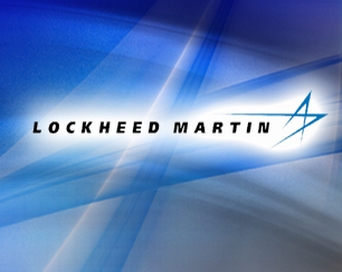
Lockheed Martin Corp.’s new King Stallion helicopter for the Marine Corps is likely to cost $144 million each, 4 percent more than projected by the service, and be ready to deploy a year later than planned, according to the Pentagon’s cost assessment office.
The estimate by the independent cost office is an increase from the Navy program office’s most recent projected “program acquisition unit cost” of $138.5 million per copter in a $31 billion program. It’s also a 25 percent increase from the initial goal of about $115 million established in late 2005 for the aircraft designed to haul heavy cargo.
The Pentagon’s Cost Assessment and Program Evaluation office also estimates a delay of about a year to May 2020 in the start of rigorous combat testing that must be completed before the aircraft can be approved for full-rate production — the most profitable phase for Lockheed in what’s planned as a 200-aircraft program. The updated estimate was provided in a new report to Congress that was obtained by Bloomberg News.
The cost office also estimates that the helicopter won’t achieve its initial combat capability until December 2020, or a year later than the program’s estimate.
The new cost projection for the King Stallion may become a focus of congressional oversight when the Marine Corps’ fiscal 2018 budget is submitted to Congress. Rep. Niki Tsongas of Massachusetts, the top Democrat on a House Armed Services subcommittee that oversees the copter program, already has questioned the King Stallion’s basic cost as “a heck of a lot of money.”
The aircraft, designated the CH-35K, will be capable of lifting 27,000 pounds (12,246 kilograms.) It will be the same size as its predecessor, the Super Stallion, but able to haul triple the cargo, according to Lockheed. On April 4, the Defense Department approved the CH-53K program entering low-rate production, authorizing production of the initial batch of 26 helicopters.
It’s not unusual for estimates by the cost office to be higher than projections by the office running a weapons program. The cost office uses a combination of historical data from comparable programs and actual performance to craft estimates that Pentagon officials can use as a first alert on whether the program office is being realistic.
The cost office also estimates the average aircraft procurement unit cost for the helicopter, which doesn’t include research and development, will end up at $111.2 million, or 5.6 percent more than the current program office estimate of $105.3 million.
Lockheed spokesman Paul Jackson said the company is proud that the Pentagon “recently showed its confidence” by “approving the move to low rate initial production. We remain on track to achieve Initial Operational Capability (IOC) in 2019.”
Citing efforts to reduce the helicopter’s total acquisition cost, Jackson said Lockheed’s Sikorsky unit, Teamster Local 1150 and the state of Connecticut, where the helicopters will be assembled, “reached a major agreement last year that will improve the program’s production affordability by $220 million via tax exemptions and grants.” The union agreed to a contract cutting future employees’ salaries by 25 percent, according to the local Connecticut Post.
Navy program spokeswoman Kelly Burdick declined to discuss the new projection directly but said in an email that the Navy and Lockheed are “committed to reducing program costs over the life of the program.”
She said a Navy “Program Cost and Affordability Team” has already saved an estimated $750 million and projects it can save an additional $1.5 billion during the helicopter’s production and support phases. The program also is working with two potential international partners that may buy the CH-53K, which she said would “provide a significant cost decrease per unit, depending on the number of aircraft sold.”
The Navy also will attempt save money by avoiding “pass-through” costs charged by Sikorsky for handling orders to its subcontractors, she said. The program has decided to buy engines directly from the supplier, General Electric Co., “resulting in a 14% cost reduction during production for engines,” Burdick said.
(c) 2017, Bloomberg · Tony Capaccio
{Matzav}











